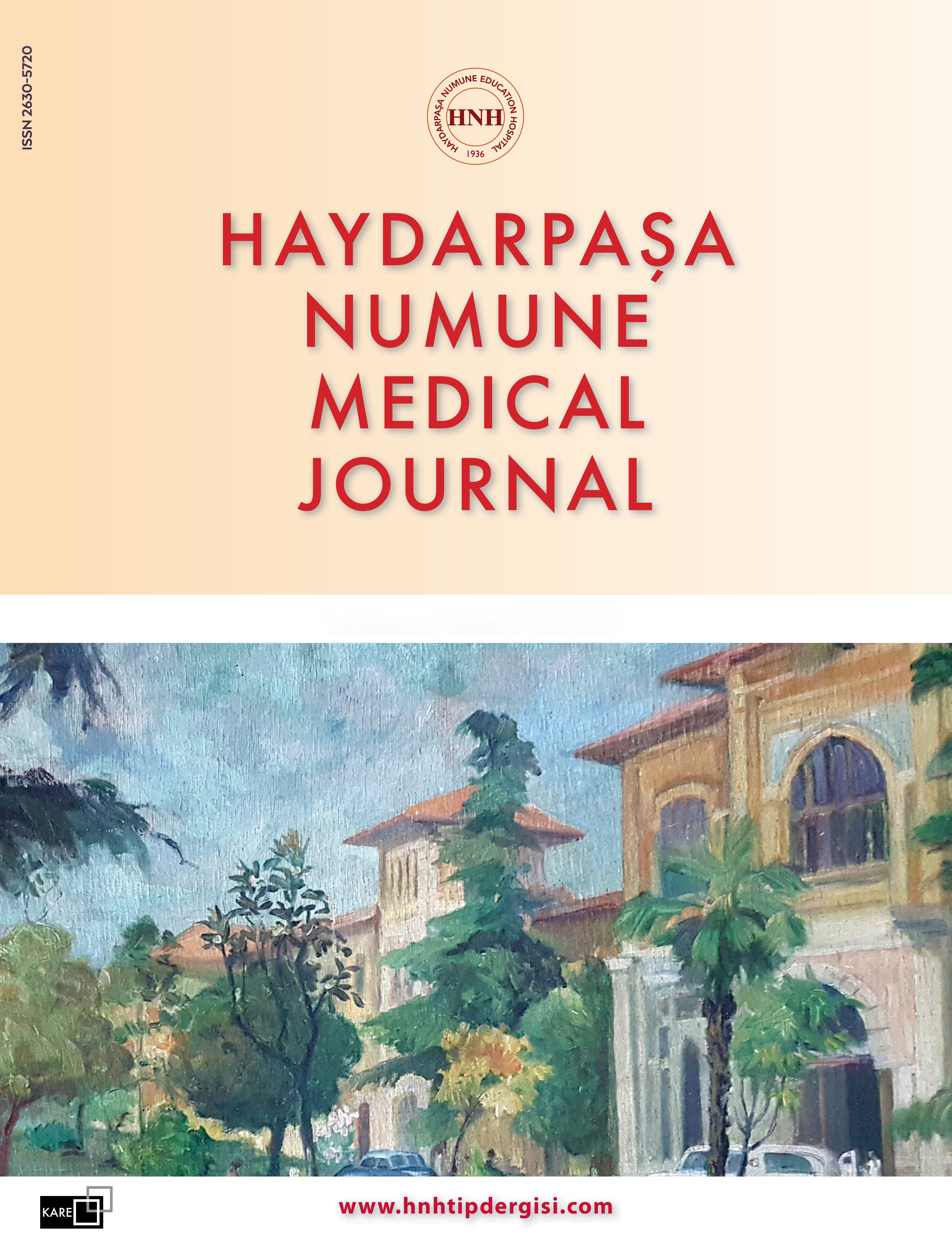The Diagnostic Efficacy of Quantitative Data from Lumbar Magnetic Resonance Imaging Findings in Osteoporosis and Osteopenia Diagnosis and Differentiation in Postmenopausal Women
Hanife Gülden Düzkalır, Özge Adıgüzel Karaoysal, Neriman Zengin FıstıkçıoğluDepartment of Radiology, Dr. Lütfi Kırdar City Hospital, Istanbul, TürkiyeINTRODUCTION: Osteoporosis, especially the postmenopausal type, is a global health problem. Quantitative CT and advanced MRI (magnetic resonance imaging) may be used to diagnose in addition to dual-energy X-ray absorptiometry (DEXA), the gold standard. However, using these techniques in everyday practice is difficult and not applicable in all centers. The aim of our study was to evaluate the effectiveness of quantitative MRI scoring based on standard lumbar MRI examination and its correlation with DEXA data in detecting osteoporosis and osteopenia in postmenopausal women.
METHODS: In our study, 190 lumbar MRI and DEXA patients were examined between 2019 and 2022. Quantitative MRI-based score (M-score) data was extracted using Bandirali et al.'s method. Measurements were averaged for L1L4 vertebrae on T1W images. Signal-to-noise ratio (SNR) was calculated. The reference group's SNR L1-L4 and standard deviation were measured. M-score was determined as (M-score = [SNRL1-L4-SNRref ]/Sdref ). Comparisons were made between DEXA and MRI M-scores. P<0.05 was significant.
RESULTS: The average age and BMI (body mass index) were 59.4 and 29.4, respectively. Patients were categorized as normal (n=91), osteopenia (n=79), and osteoporosis (n=20) by DEXA. Osteoporosis got the highest M-score. The M-score cut-off value for normal and osteopenia distinction was >10.3 (p<0.03); for normal and osteoporosis distinction was >26.26 (p<0.001); for osteoporosis and osteopenia differentiation was >23.8 (p<0.001).
DISCUSSION AND CONCLUSION: In our study, the M-score detected osteopenia and osteoporosis with high sensitivity and specificity. Lumbar MRI-based M-score can be used as an imaging biomarker for early diagnosis, monitoring of treatment response, and reduction of fracture risk in postmenopausal women or individuals at risk of osteoporosis.
Keywords: DEXA, lumbar vertebrae, magnetic resonance imaging, osteopenia, osteoporosis
Manuscript Language: English
















